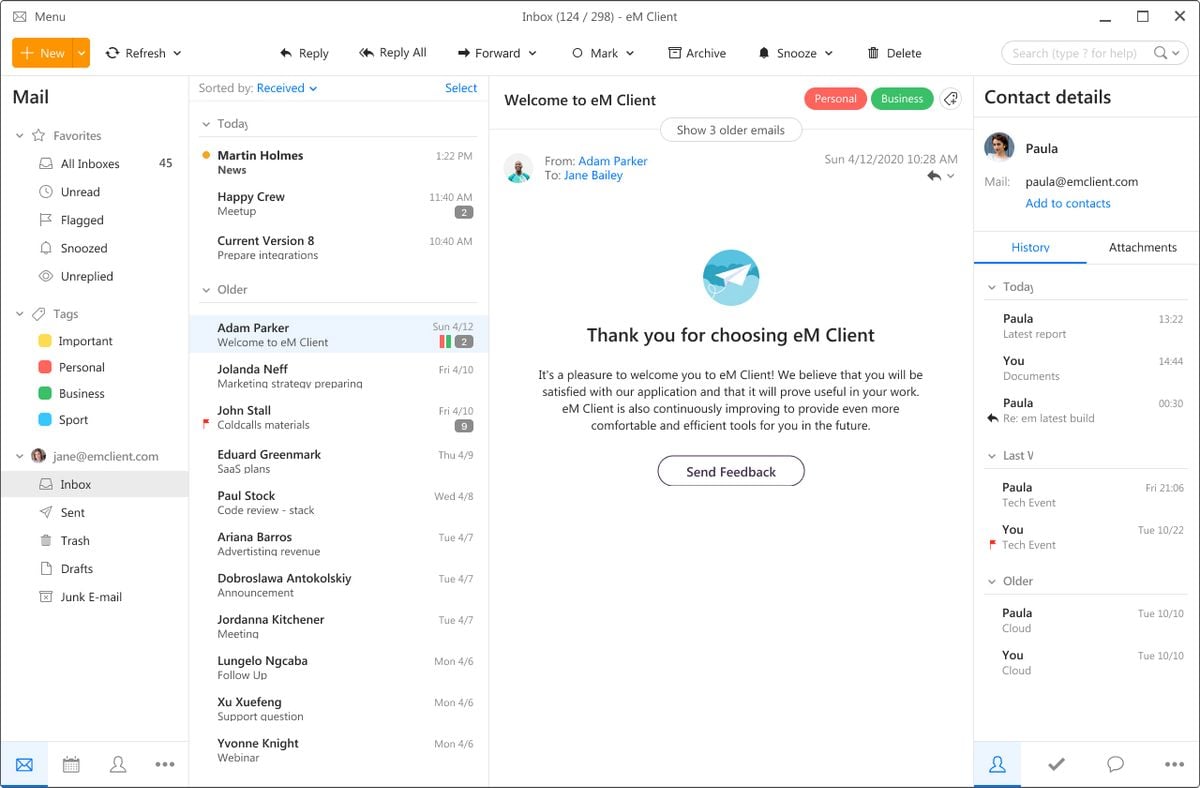
That means being able to do a lot more than just send and receive emails. To win users over, therefore, any Exchange replacement, has to not just work with Outlook, but must deliver exactly the same functionality in exactly the same way as if connected to a Microsoft host. Even to browser-based implementations such as Outlook Web Access in Exchange, which can be made to look very similar, but not completely the same. Nine out of ten will be Outlook users and will resist any move to make them switch to anything else. Email is the number one killer application and if users don’t like what they’re given it can have a major impact on productivity. However it’s not just server buyers and system administrators who need to be convinced. Moreover, the majority are written to run on open source Linux, bolstering the cost reduction arguments and, at the same time, addressing a lot of the security and support issues associated with a proprietary product like Exchange.

Many of the alternatives are also open source, able to leverage well established message transfer, database and other components, thus making it easier for developers to integrate other applications and add extra features. How, for example, do you get customers to buy into what appears to be little more than an Exchange clone, when the original is widely used and so well supported both by Microsoft and developers of third party apps?Ī number of approaches have been tried, the most common being to first undercut the Microsoft server on price, often by huge amounts, at the same time emphasising how much easier the alternatives are to configure and manage. Given Microsoft’s stranglehold on the market, changing tack this way makes good sense, but isn’t as easy as it might sound.

Instead most now concentrate their efforts on developing alternative messaging and collaboration servers which to end users, and their applications, look and behave just like the Exchange they’re hoping to replace. There are alternatives, of course, but rival developers have more or less given up on trying to beat Microsoft at (what’s now) it’s own game. The messaging and groupware landscape has altered significantly in the last few years with, like it or loathe it, Microsoft’s Exchange Server now firmly ensconced as the number one solution regardless of customer size or industry sector.


Open source Exchange replacements The H takes a look at four open source alternatives to Microsoft Exchange Server for messaging and groupware by Alan Stevens


 0 kommentar(er)
0 kommentar(er)
